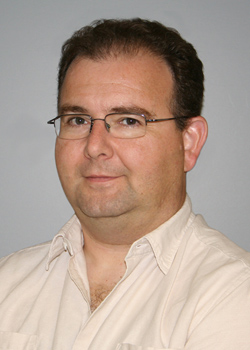Paul Scowen
Paul Scowen, Research Professor, School of Earth & Space Exploration, Arizona State University.
Paul is originally from the UK, and completed his graduate studies at Rice University, in Houston, Texas in the US. He has worked intimately with the Hubble Space Telescope - his first job was working with the WFPC-2 team on the replacement camera for the Observatory, after which he spent about a decade working on the science this facility enabled, and included such work as the Eagle Nebula, the Crab Nebula movie, and the apparent star formation at the heart of 30 Doradus. In the early 2000s it became apparent that the next steps in Paul’s science would require a capability that was not on NASA’s roadmap, and so he started developing mission concepts that would enable both visible and UV imaging and spectroscopy to do that. Paul has served as either Project Scientist or PI on several mission and instrument concept studies since then, including HORUS, SFC, Orion, and most recently a proposed concept named ANUBIS. Paul currently serves on the NASA Advisory Council Astrophysics Subcommittee, is Chair of the NASA Cosmic Origins Program Analysis Group, and is a member of the STDT for the Flagship-class mission study being conducted by NASA as input to the 2020 Decadal Survey on Astronomy and Astrophysics in the US. Paul teaches classes in Astronomical Instrumentation and Exploration Systems Engineering at Arizona State University. Paul is also involved in developing the necessary technology for these mission concepts with his research group at ASU, including next generation detectors, reflective coatings, optical elements such as dichroics, and image stabilization systems. Paul is actively involved in Cubesat development at ASU with several funded projects being designed and built at this time.

